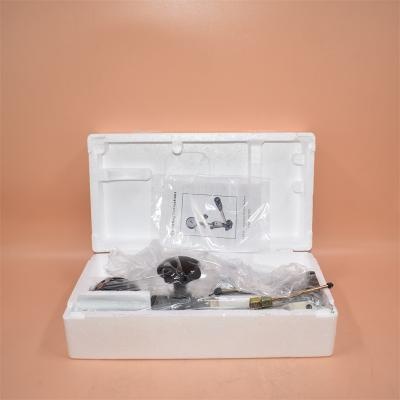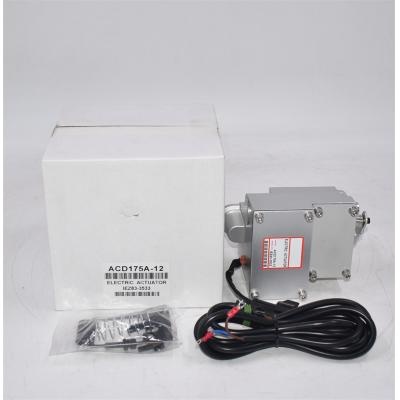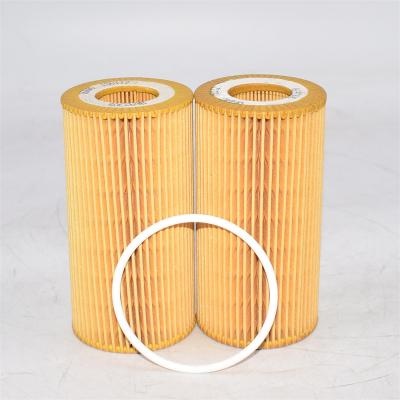Differences between hydraulic and lubrication system filters
What is the difference between hydraulic and lubrication system filters? Can you filter the gravity flow of lubricating oil with hydraulic filter? "
Although the basic principle of filtering is the same in each case, the filters are slightly different depending on the application.
In most forced lubrication systems, the filter is located after the pump and before the critical machine components. This position poses several problems for the filter. The first problem is velocity. Normally, filters located at this point in the system must handle 100% of the flow from the pump.
If the machine requires a large amount of oil to operate reliably, the filter must be large enough to handle the flow. This can be achieved by increasing the surface area of the medium or changing the medium type to one using smaller fibers.
The filter must also be able to handle pressure. The pressure of the pump pushing fluid through the orifice at high speed will cause weak points in the filter. Collapse of the center tube, bursting of the media and seams, and failure of the end cap adhesive are only potential problems. The solution is a more robust filter, which usually means higher costs.
The average performance of the lubrication system filter is slightly better than the typical hydraulic filter on the return line. When installed on the low-pressure return pipe, these filters do not need to use a reinforced central pipe, sandwich media or a thicker housing.
The basic principle of filtration includes the relationship among pore diameter, flow rate, surface area and pressure difference. The pore size is the main factor of the filter's performance in removing small particles. The smaller the pore size found in the medium, the smaller the particles that can be reliably removed.
The hole diameter shall not be too small relative to the flow rate and surface area, otherwise the differential pressure will increase to the extent that the bypass valve is opened and the solid pollutants completely avoid the filter.
These fundamentals are the main differences between many types of filters. Remember that it is driven by applications, not by machine component types.
At present, there are some filters on the market that can be changed from hydraulic system to gravity flow lubricating oil filter as long as the expected requirements are relatively the same. However, velocity, pressure, surface area, and pore diameter must be considered to achieve the desired results.
























